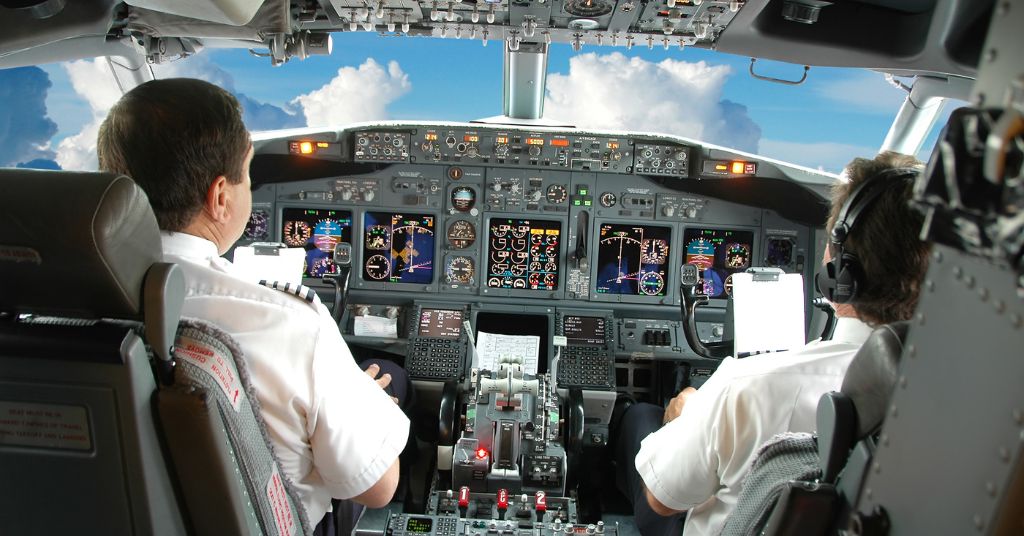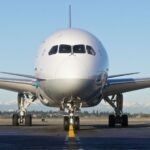The FAA currently shows 617,000 pilots in their registry. That means that less than 1 percent of the US population are pilots. Of those, approximately 159,000 hold airline transport pilot certificates. And of those, approximately 110,000 are actively flying for airlines.
There are differing opinions on whether the industry has a shortage of pilots. If you ask the operators, they will tell you there is a shortage. If you ask the unions, they will tell you there isn’t a pilot shortage; there is a problem with scheduling and efficiency.
Regardless of which side of the argument you are on, it is clear that hiring is in full force with the majority of the airlines, both passenger and cargo: just look at the packages offered to new pilots.
You spent a lot of time and money earning your certificates through flight instructor and multi-engine. Your hours just hit the magic 1,500 mark. Now you need to decide which carrier you want to work for. You may want to go directly into a mainline legacy carrier, but first you need to get experience. Yes, there are some legacy carriers with direct entry programs, but most pilots will need to look at regional and cargo carriers. Unfortunately, this doesn’t make the job search any easier. In some cases, it makes it harder because of the number of carriers to choose from.
When selecting an airline, you need to consider the following:
Location: Where are the available bases, and can you commute to your base? Will you need to get a crew “crash pad,” and have you figured that cost into your budget? What are the chances that you can move to your preferred base in a period of time that is acceptable to you?
Equipment: What type of equipment is the operator flying? If they are flying piston twins, this may not help you move into a turbojet operator for your next job.
Training: Many people do not ask about training when they start with a new airline. Who does the training for the airline, and where does it happen? What happens if you are not able to complete the training? If you are having trouble with the material during training, what resources, if any, are available to you?
Upgradability: You don’t want to land a job as a first officer only to discover it will take you twelve years to upgrade. You need to find out what is a realistic timeframe for an upgrade and what happens if you choose not to upgrade.
Bonuses: Just about every airline is offering some type of signing or term-of-service bonus. You need to read the fine print before accepting a position because of a bonus. You will find that many bonuses are either tied to previous time in aircraft type or based on an anticipated employment period. You must find out what happens to the bonus if you either terminate your employment or they fire you. In many cases, you may have to repay the bonus.
Compensation: Airline pay scales can be confusing. You want to make sure that you understand how to maximize your income. Spend some time with someone outside of the airline management who can explain the pay system to you from a pilot’s perspective. This is especially necessary when figuring out time off, reserve, trading, and holiday pay.
Mainline agreements: Many carriers boast upgrades to mainline carriers. You need to understand that the mainline carrier has its own seniority and upgrade system. It would help if you found out about the process for flowing into the mainline carrier. You also need to understand what will happen to your seniority and what happens if the need for flow-through pilots changes.
Safety: While most carriers are safety focused and have a safety program, you must understand what that consists of. What happens with crew concerns? What happens with maintenance concerns? These are questions that can be answered by doing some research into your prospective employer. Word of mouth is very important in this area.
Uniforms: Believe it or not, some carriers expect their crew members to purchase their own uniforms. You need to understand how this works so that you can budget accordingly.
Jump seat and pass privileges: The ability to fly in a jump seat or use a pass to take your family with you on vacation is one of the most exciting perks for new pilots. While this is a great perk, you should also find out what limitations, if any, there are on these passes.
Outside flying or work: We are pilots, and we love to fly. Find out if your airline has any limitations or restrictions on the flying that you can do when you are not working. Can you continue to instruct in an airplane on your days off? Are you able to become a DPE? Will they allow you to ferry aircraft for outside companies?
Each pilot should prioritize the order of this list based on what is important to them. Finding out the answers to these questions will give you some insight into how a company operates and treats its employees. This will ultimately enhance your ability to have a positive work experience by allowing you to choose an airline that will be the right fit for your goals and needs.










